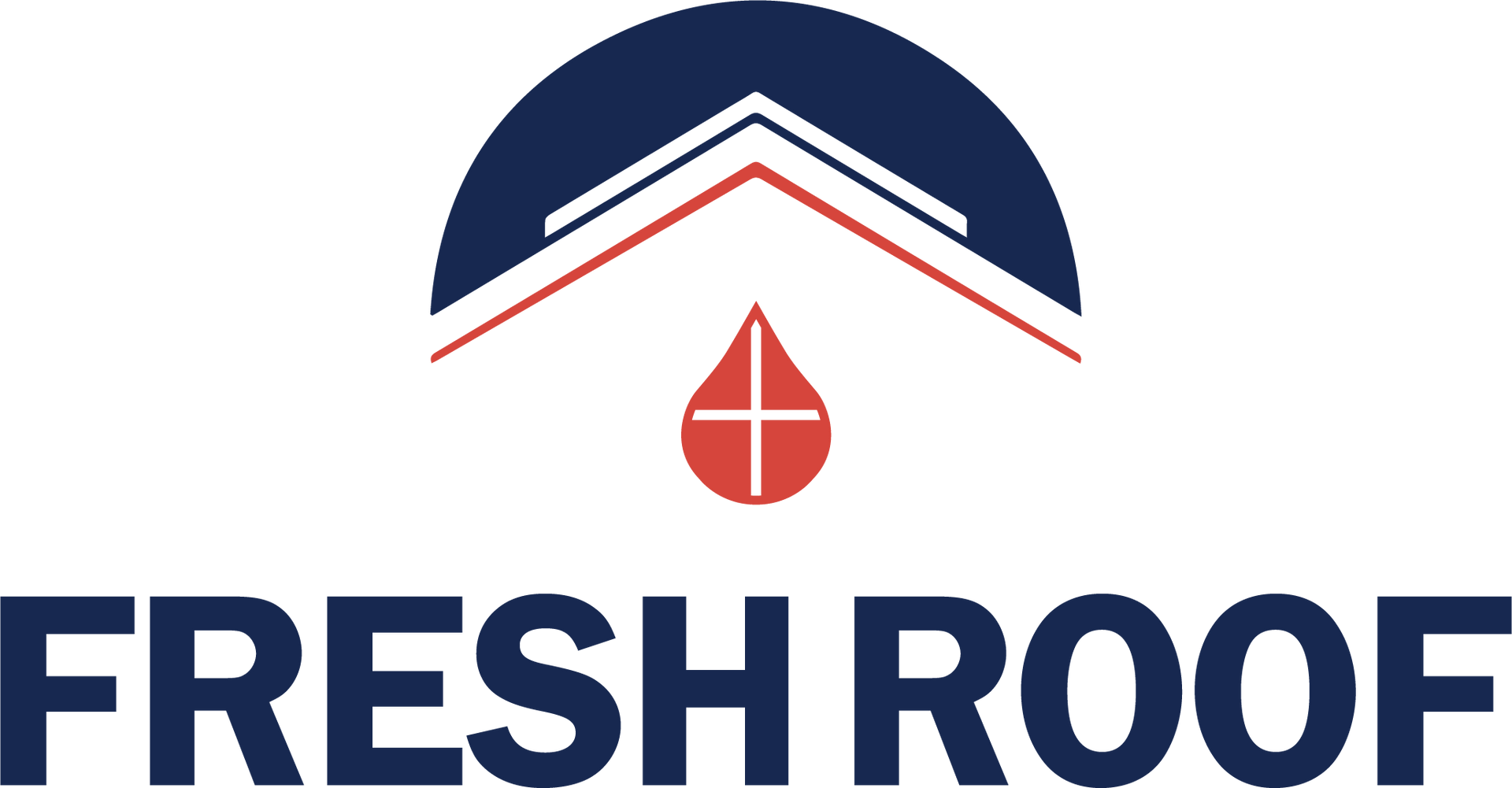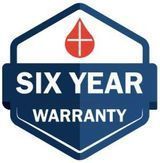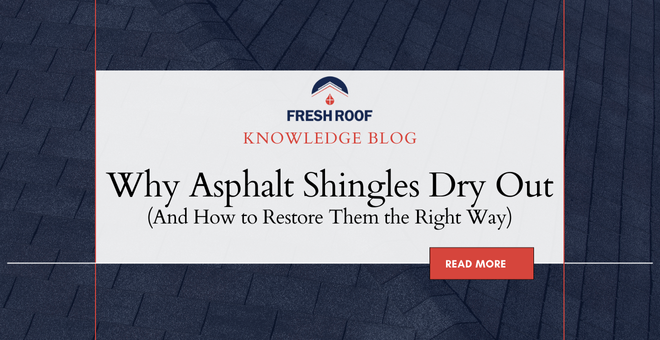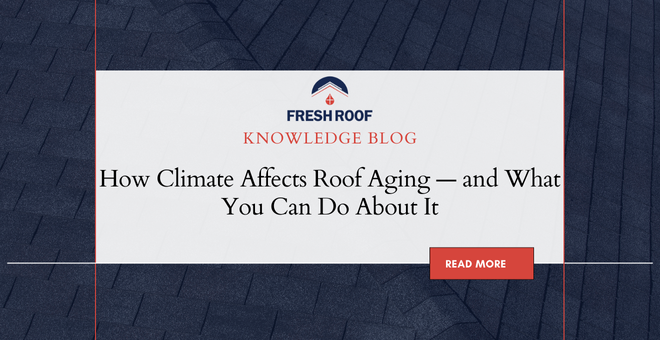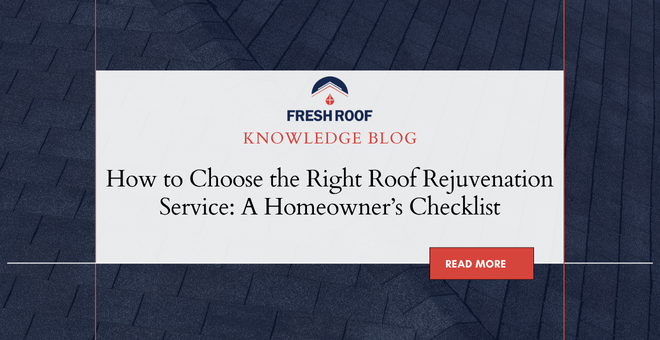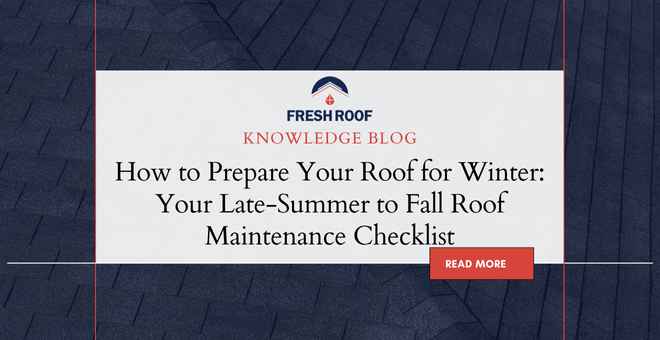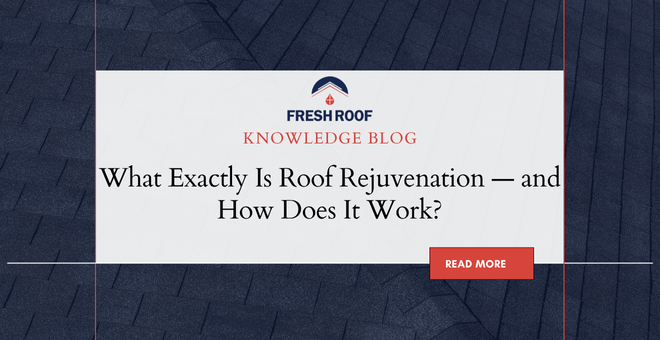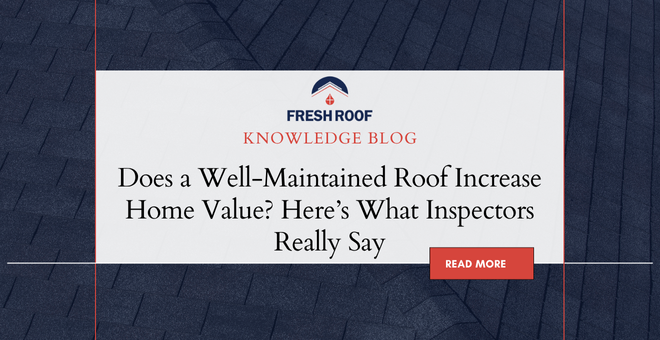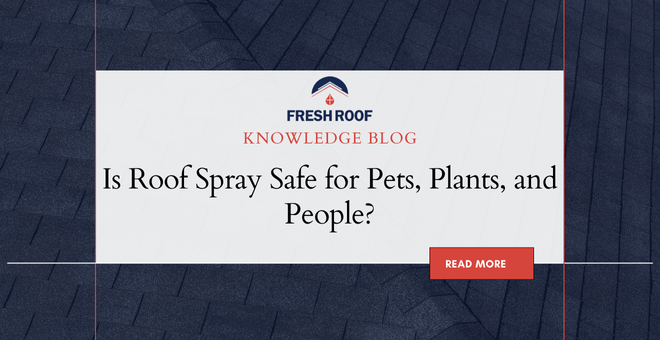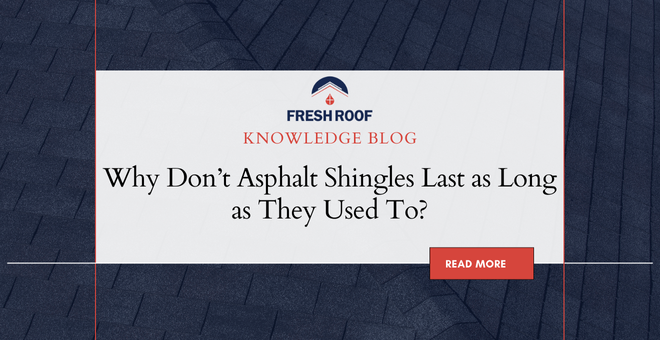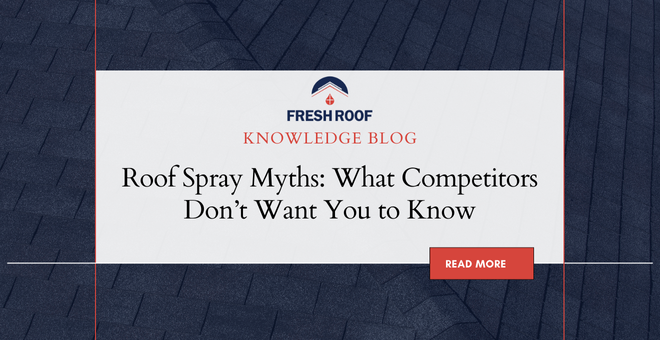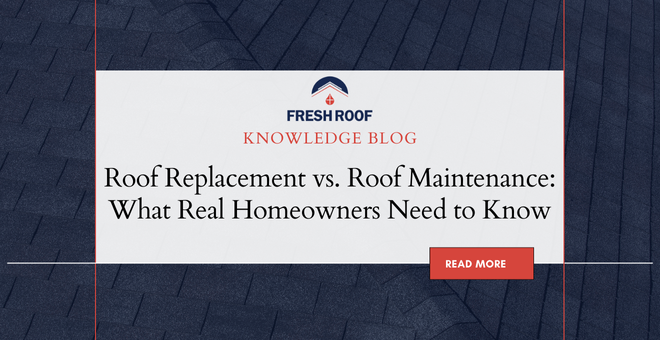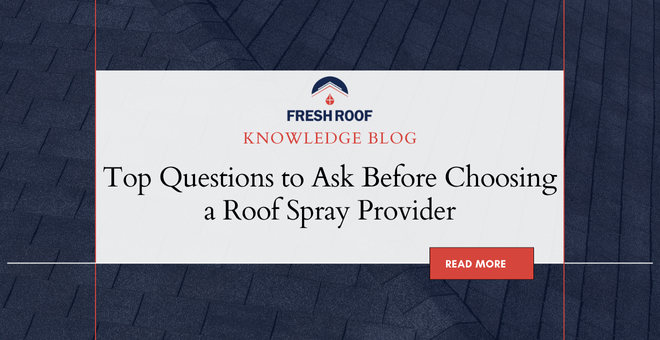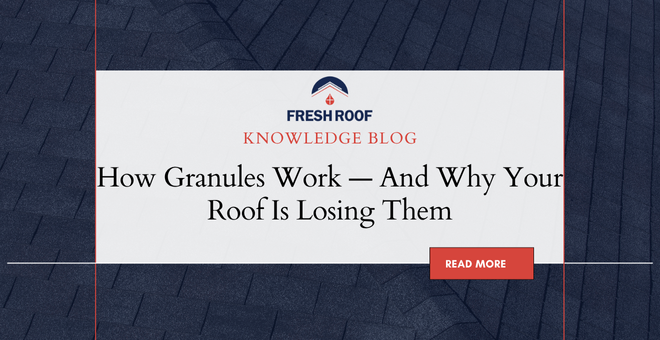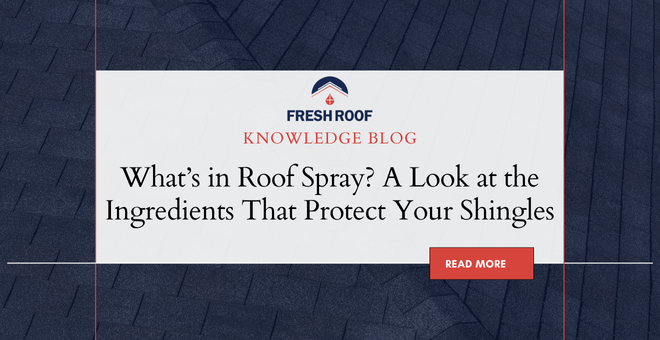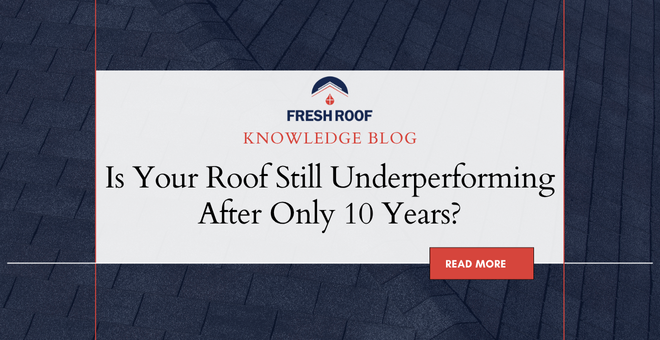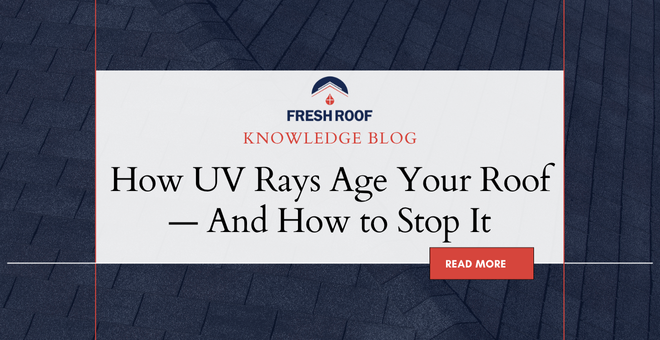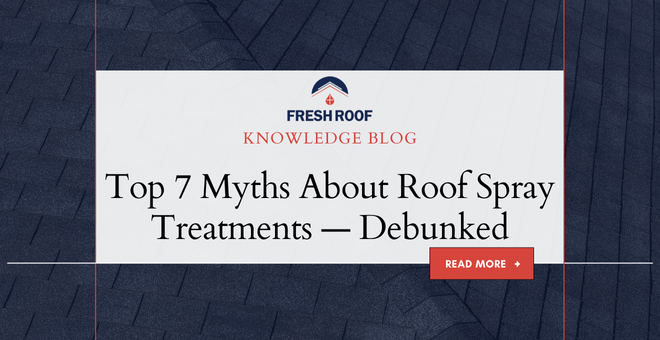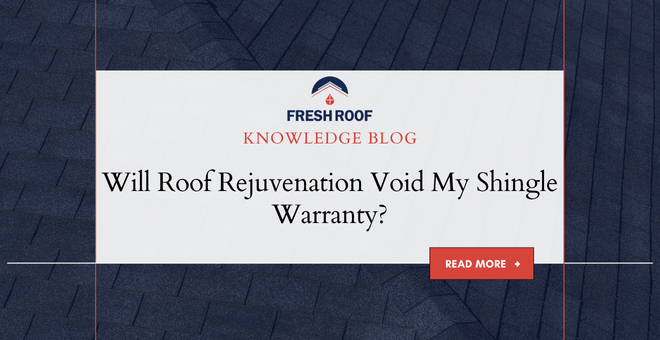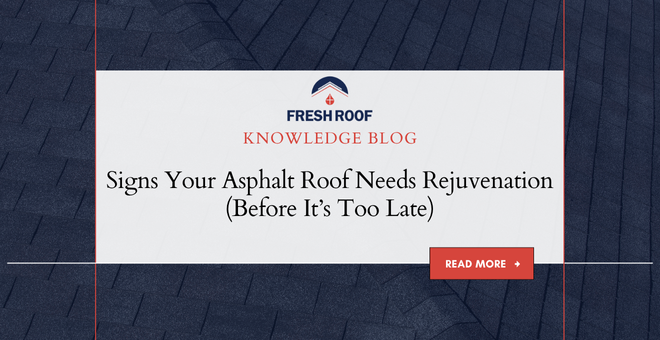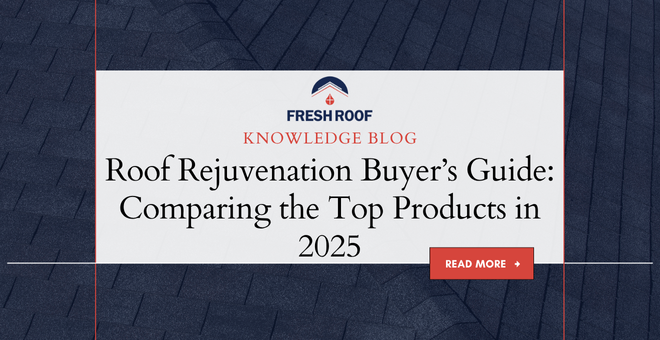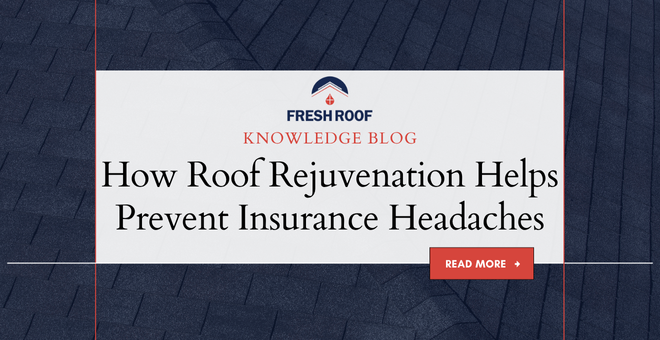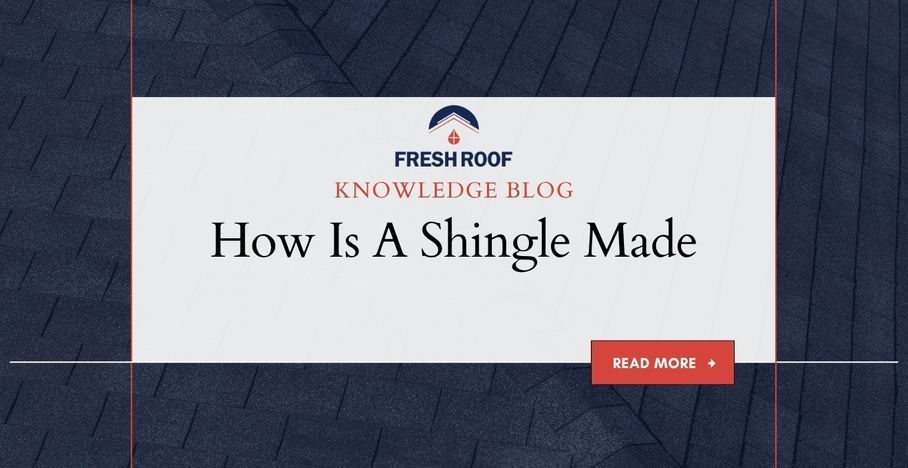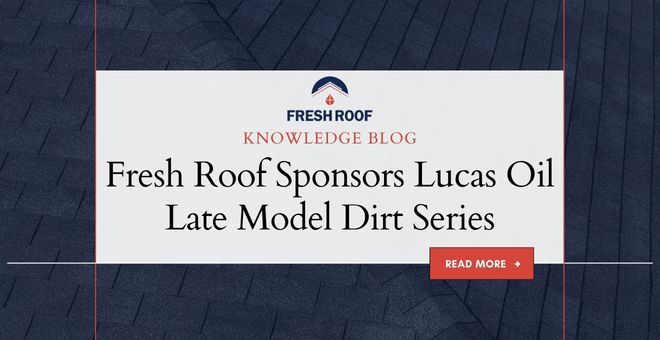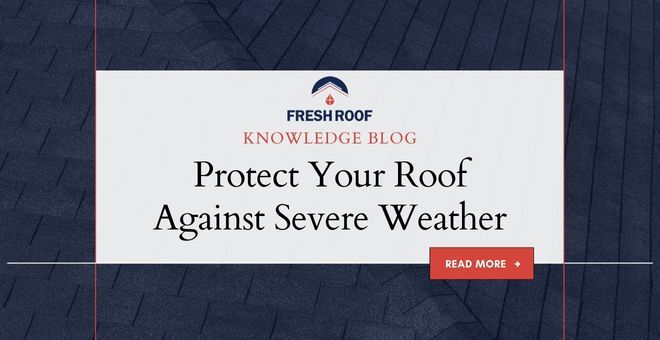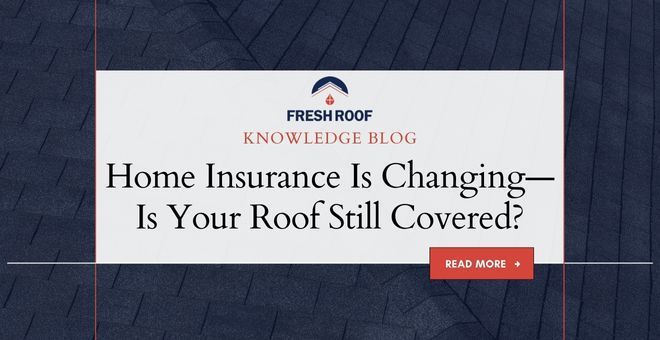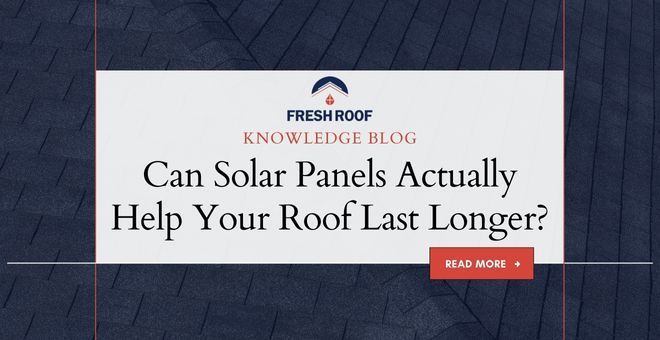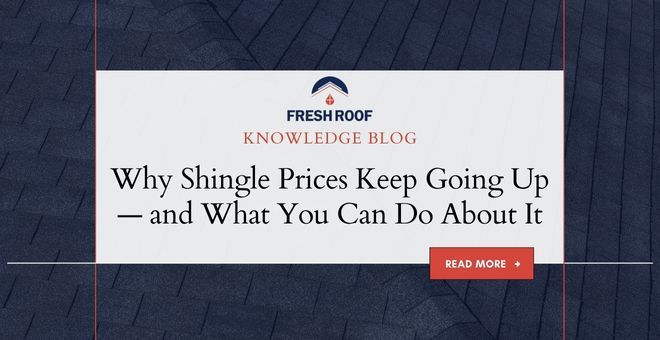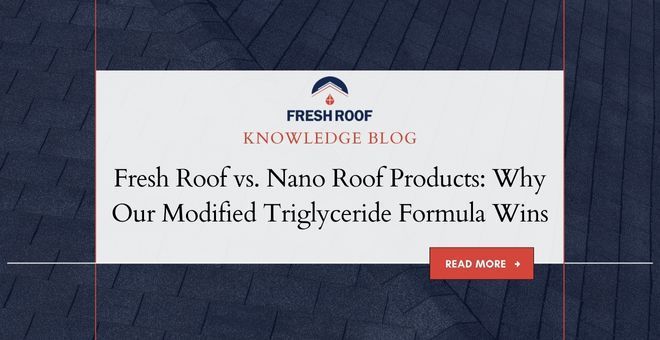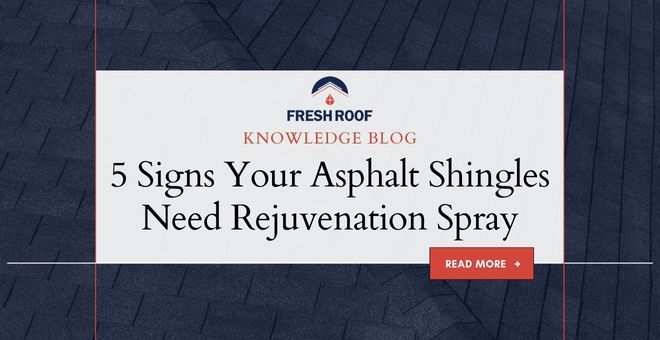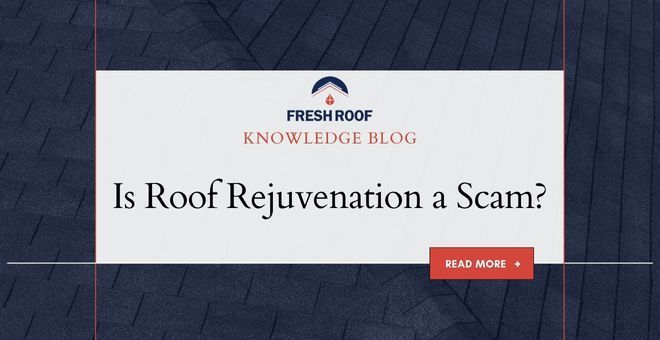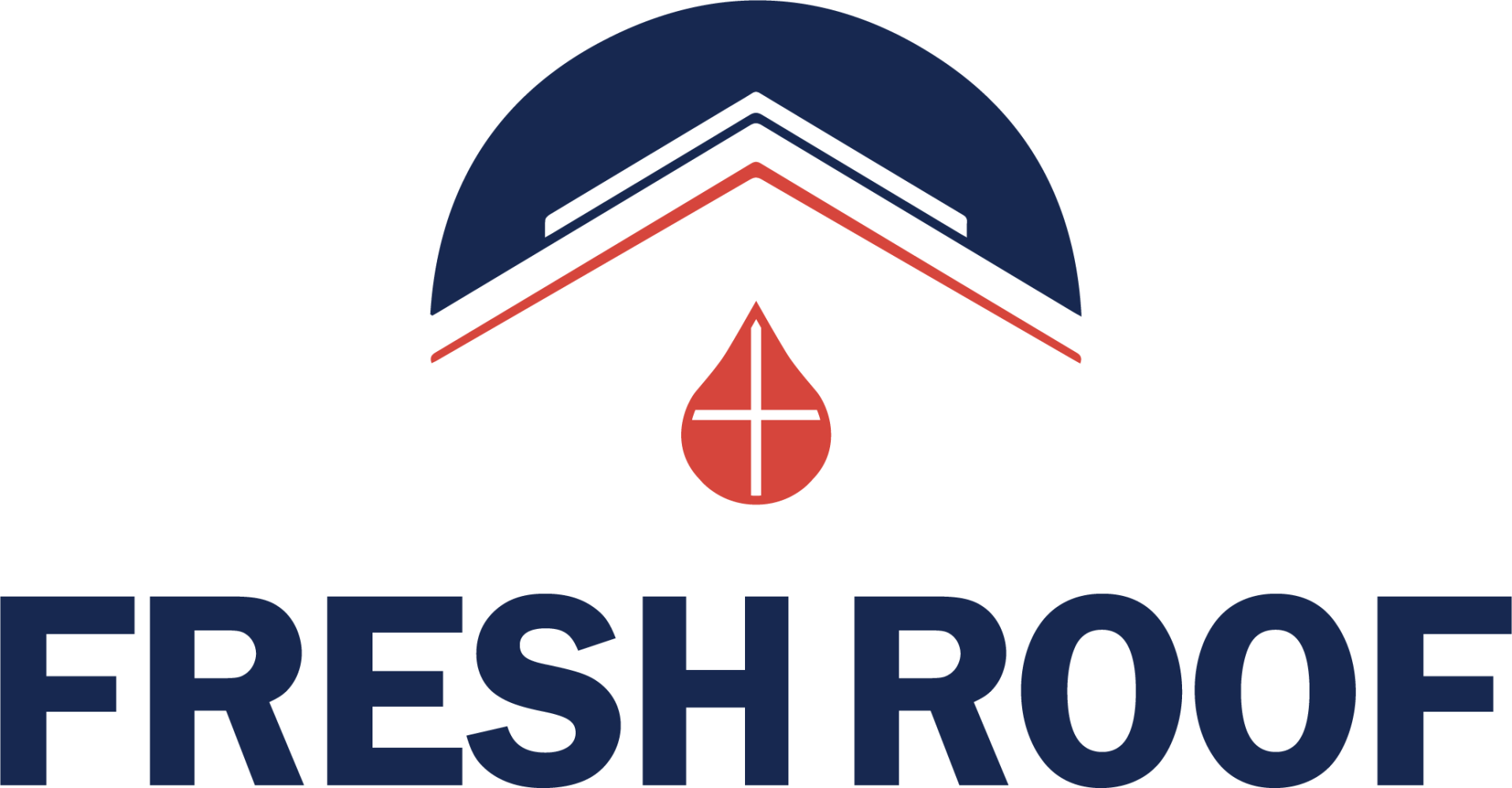Did Your Home Insurance Switch to ACV, Raise Your Deductible, or Add a Roof Payment Schedule?
Did Your Home Insurance Switch to ACV, Raise Your Deductible, or Add a Roof Payment Schedule?
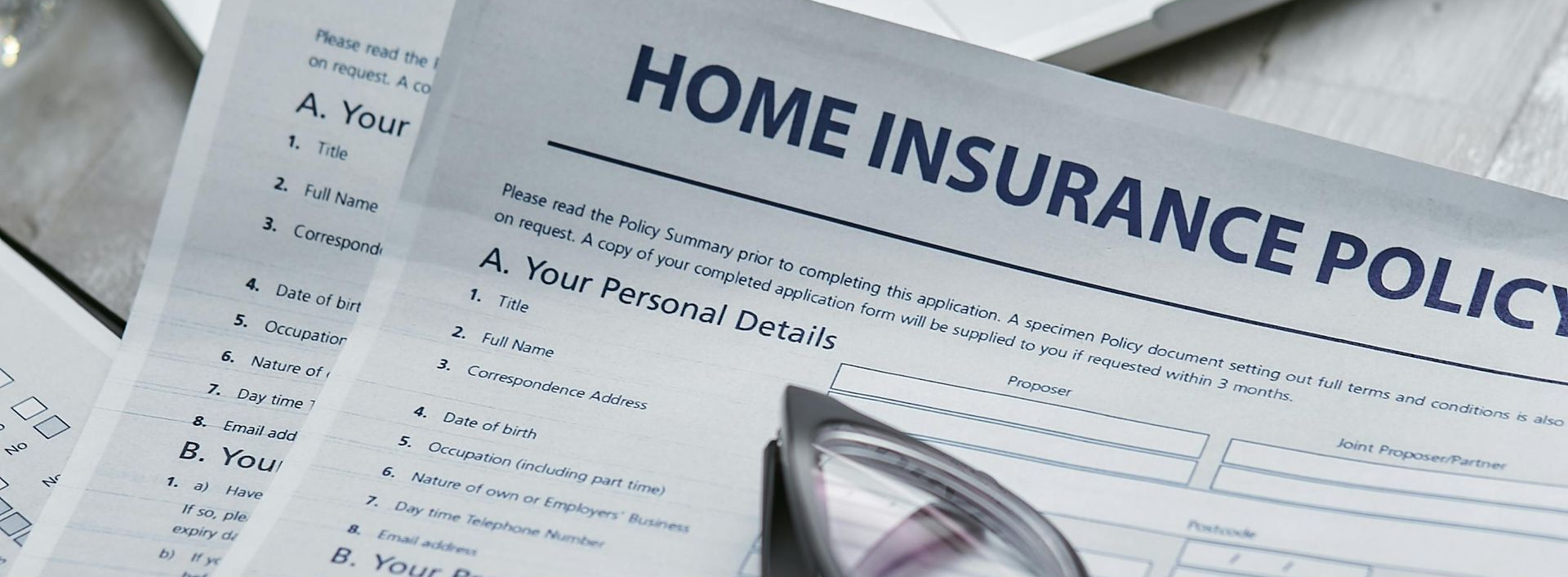
Here’s What It Means — and How to Protect Yourself with Fresh Roof
Insurance Companies Are Quietly Changing How They Cover Roofs
Across the country, homeowners are opening renewal letters and seeing new surprises:
- Higher roof deductibles
- Policy changes from RCV (Replacement Cost Value) to ACV (Actual Cash Value)
- And now, the addition of Roof Payment Schedules (RPS)
These changes all have one thing in common — they shift more of the cost and risk onto the homeowner.
But here’s the good news: you can take steps right now to protect your roof’s value, your coverage, and your wallet.
Understanding the Three Big Policy Types
1. ACV (Actual Cash Value)
This is the depreciated value of your roof.
Your insurance company only pays what your roof is worth today — factoring in age, wear, and tear.
If your roof is halfway through its life, you might get half the replacement cost.
Example:
New roof: $15,000
Depreciation: 50%
Insurance payout: $7,500 – deductible
The rest? That’s on you.
2. RCV (Replacement Cost Value)
This is the best coverage — the insurer pays the full cost to replace your roof (minus deductible).
However, most RCV payouts happen in two steps:
- You get the ACV payment up front.
- After repairs, you submit proof and receive the depreciation (the rest of the cost).
It’s a fair system — but only if your roof qualifies as “maintained” and “repairable.”
If it’s brittle, cracked, or missing granules, the insurer may deny full reimbursement.
3. RPS (Roof Payment Schedule)
This is the newest twist — and it’s confusing many homeowners.
An RPS (Roof Payment Schedule) means the insurance company uses a predetermined percentage to cap what they’ll pay based on your roof’s age and material, no matter how well you’ve maintained it.
Example:
Roof Age - Payment Percentage
0–5 years - 100% coverage
6–10 years - 75% coverage
11–15 years - 50% coverage
16+ years - 25% coverage
So, even if your roof looks great, a 16-year-old asphalt roof might only get 25% of the replacement cost covered.
RPS policies are insurers’ way of locking in their own depreciation schedule — and avoiding debates about roof condition later.
Why Insurers Are Doing This
Insurance companies have been hit with historic roof replacement costs due to:
- More frequent hail and wind events
- Rising asphalt and labor costs
- Aging housing stock
- Fraud and inflated contractor claims
So instead of raising premiums across the board, they’re restructuring roof coverage — moving to ACV or RPS systems, and raising deductibles for roofs.
In short: they’re paying less, and expecting homeowners to do more.
What Homeowners Can Do to Stay Protected
Even if your policy already switched, you still have power.
Insurance companies base roof payouts and coverage tiers on condition — and that’s where Fresh Roof can make a massive difference.
How Fresh Roof Helps You Stay Ahead of Policy Changes
Fresh Roof’s GreenSoy™ Technology chemically restores your asphalt shingles at the molecular level — making old roofs behave and test like new again.
That matters because insurers inspect your roof’s condition before deciding:
- Whether to renew your policy
- Whether to keep you under RCV or move you to ACV
- And whether you’ll qualify for a better percentage under RPS
By rejuvenating your roof, you show your insurance provider that your roof is maintained, flexible, and performing like new.
Here’s how Fresh Roof helps you stay ahead:
- Restores Asphalt Oils – Prevents brittleness and cracking that trigger “aged roof” downgrades.
- Locks in Granules – Reduces visible aging, which insurers often use to justify RPS cuts.
- Improves Flexibility – Helps shingles pass inspection standards for wind resistance and tear strength.
- Extends Roof Life 6+ Years – Keeping your roof in “younger” condition for insurance purposes.
- May Qualify for Better Coverage – Some insurers offer higher RPS payout percentages or retain RCV coverage for roofs showing excellent maintenance history.
Example: Two Roofs, Two Results
Roof A – Untreated, 14 Years Old
RPS coverage: 50% payout
Condition: Dry, granule loss, visible wear
Result: Insurance covered $6,500 of a $13,000 roof
Roof B – Fresh Roof Treated, 14 Years Old
RPS coverage: 75% payout
Condition: Maintained, flexible, good granule adhesion
Result: Insurance covered $9,750 of a $13,000 roof
That’s $3,000+ difference, just because one roof was maintained and rejuvenated.
How to Protect Your Roof (and Your Wallet)
- Review Your Policy: Look for ACV, RCV, or RPS terms — and check if your deductible has increased.
- Inspect Your Roof: If it’s 5+ years old, check for signs of aging: brittleness, fading, or granule loss.
- Treat with Fresh Roof: Restore flexibility, improve appearance, and lock in protective oils before renewal.
- Keep Records: Keep before-and-after photos and your treatment receipt — insurers love documented maintenance.
- Renew Confidently: A well-maintained roof can mean better coverage and a stronger claim if a storm hits.
The Takeaway
Insurance companies are protecting their bottom line — it’s time to protect yours.
Whether your policy is ACV, RCV, or RPS, Fresh Roof gives you a way to:
- Keep your roof in “like-new” condition
- Retain higher coverage percentages
- Avoid steep out-of-pocket costs
- Extend your roof’s life by years
Final Thought
When the next storm season comes, you don’t want to find out the hard way that your roof’s coverage was cut in half.
Be proactive — not reactive.
Rejuvenate, protect, and preserve your roof with
Fresh Roof today.
Find a Fresh Roof Dealer Near You - Click Here
